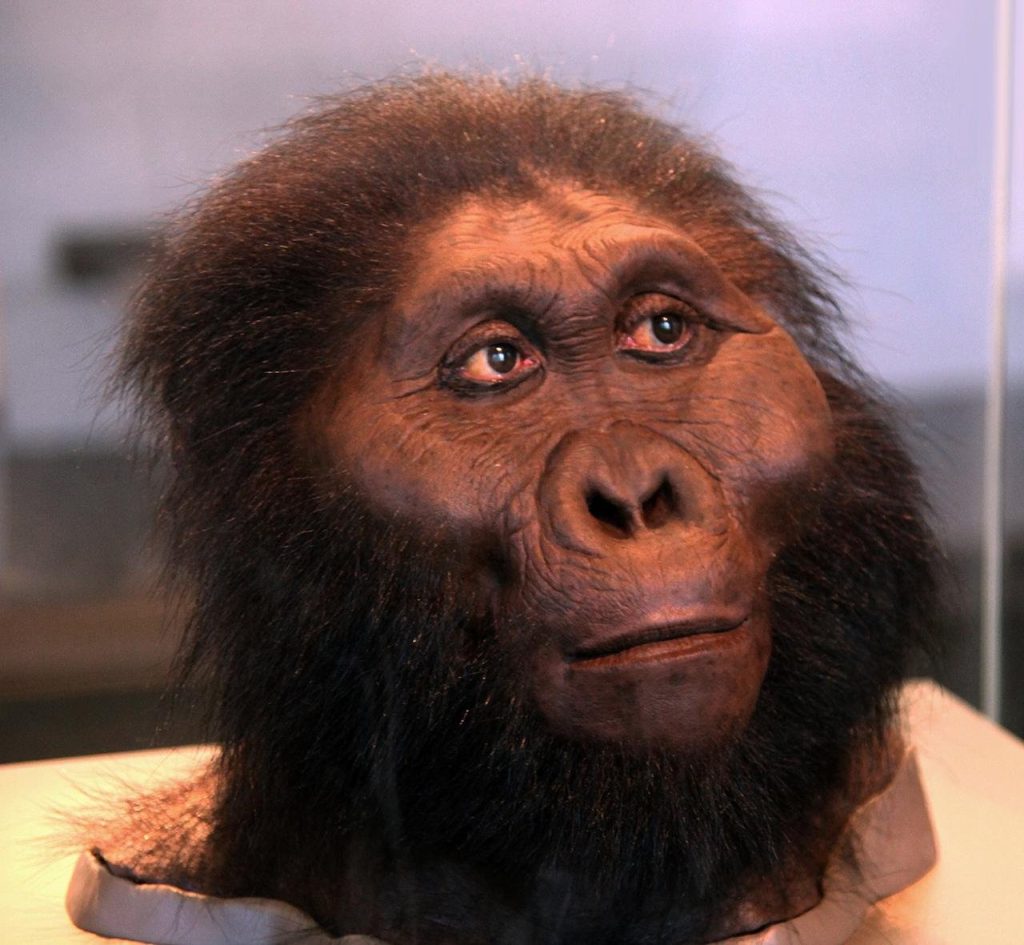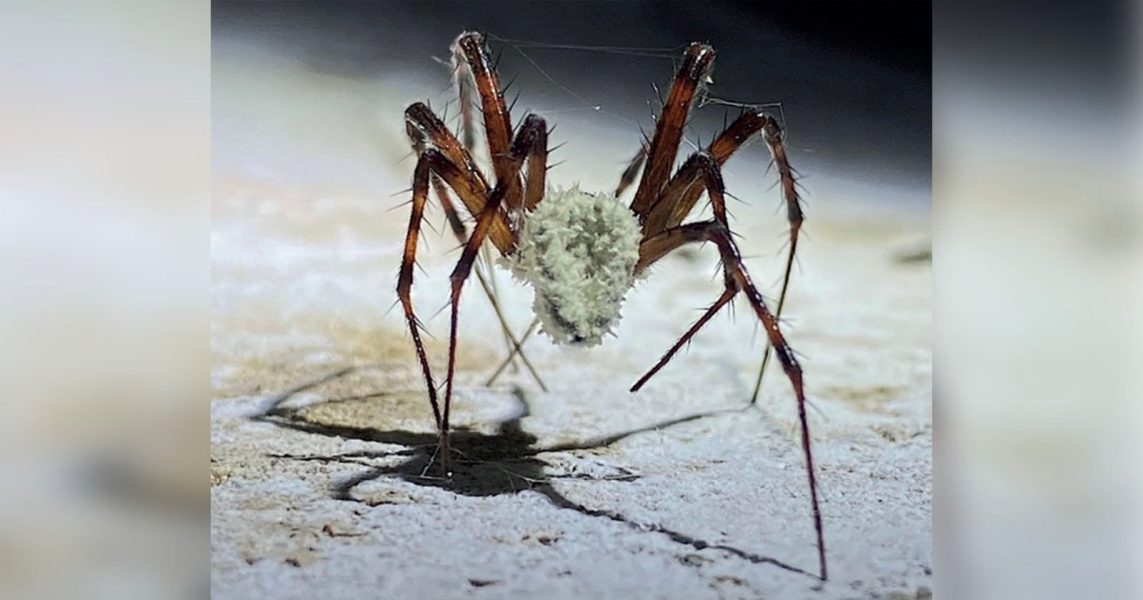1.4-million-year-old jawbone reveals new human relative, rewriting evolutionary history – Archaeology News Online Magazine

A 1.4-million-year-old fossilized jawbone found in South Africa belongs to a newly discovered species of Paranthropus, an extinct genus of human relatives, according to a recent study published in the Journal of Human Evolution. The findings of this study suggest that at least two species of Paranthropus coexisted in southern Africa during that period, bringing to light the diversity of early hominins.The fossilized jaw, designated SK 15, was discovered in 1949 in the Swartkrans cave system, famous for the richness of hominin fossils it offers. Initially, researchers thought the specimen belonged to Telanthropus capensis, a species that was later dismissed. By the 1960s, the fossil was formally attributed to Homo ergaster, one of the most ancient ancestors of humans. However, recent advancements in technology have allowed researchers to take a fresh look at SK 15 with high-resolution X-ray scans and virtual 3D modeling.Led by paleoanthropologist Clément Zanolli of the University of Bordeaux, the team examined the external and internal structure of the fossil. Their analysis focused on the jaw shape, tooth size and morphology, and the internal structure of the dentine, the hard mineralized tissue beneath the enamel. Based on their results, it is clear that SK 15 is not Homo ergaster but rather belongs to the genus Paranthropus—a genus characterized by robust jaws and large molars, earning it the nickname “nutcracker man.”While it belongs to the genus Paranthropus, there are other key features that distinguish SK 15 from other known species in the genus. Unlike P. aethiopicus, P. boisei, and P. robustus, which lived between 2.7 million years ago and 1 million years ago, SK 15’s jaw and teeth are smaller and more gracile. This led the researchers to conclude that they had identified a new species, which they named Paranthropus capensis.“Swartkrans is thus a key site for uncovering the extent of hominin diversity and understanding the potential interactions among various hominin species,” Zanolli told Live Science. “This is the first time since the 1970s that a new species of Paranthropus has been identified.”The discovery of P. capensis indicates that multiple Paranthropus species probably coexisted in southern Africa about 1.4 million years ago, possibly occupying different ecological niches. P. robustus had a heavily built skull suited for processing tough plant materials, while P. capensis, a more slender species, may have had a different diet and lifestyle. The team suggests that further work on existing fossil collections from Swartkrans and adjacent sites may reveal further specimens of P. capensis that were previously misidentified as P. robustus.While the evolutionary fate of P. capensis is still rather uncertain, Zanolli speculated that one lineage might have lasted much longer than is currently known.I’m working on creating a numerical or patterned rhythmic identifier system for the tripartite pattern I’ve unearthed in the world’s languages.Your email address will not be published. Required fields are marked *Comment *Name * Email * Website Save my name, email, and website in this browser for the next time I comment.
ΔArchaeology News is an international online magazine that covers all aspects of archaeology.
CategoriesAcademicsBooksConferencesUniversitiesArticlesDownloadGameNewsAnthropologyArchaeologyPaleontologyQuizToursMail Us: info@archaeologymag.com Subscribe to our newsletterName
Email
© 2024 – Archaeology News Online Magazine. All Rights Reserved.About UsPrivacy PolicyTerms of UseContact UsArchaeology News is an international online magazine that covers all aspects of archaeology.Mail Us: info@archaeologymag.com © 2024 – Archaeology News Online Magazine. All Rights Reserved.Login to your account below
Remember Me
Fill the forms below to register
Please enter your username or email address to reset your password.
– Select Visibility -PublicPrivateAbout Us . Contact Us . Donation© 2024 – Archaeology News Online Magazine. All Rights Reserved
Source: https://archaeologymag.com/2025/02/1-4-million-year-old-jawbone-reveals-new-human-relative/





